1. Statue Of Unity
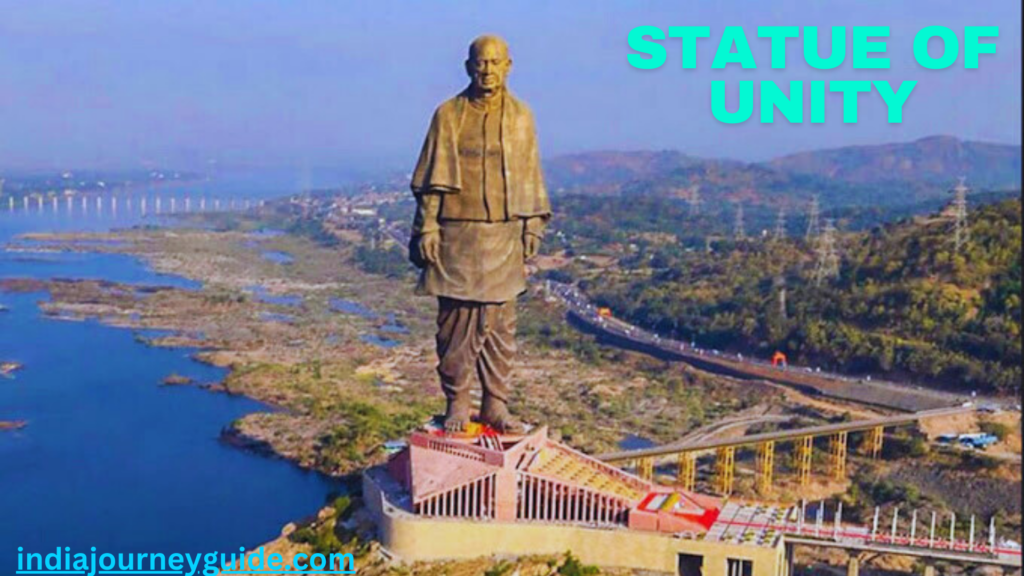
Overview of Statue Of Unity
It is the top tourist destination in Gujarat for families with young children. The distinction of being the highest statue in the world goes to the Statue of Unity. Sardar Vallabh Bhai Patel, the first home minister and deputy prime minister of India, is honored by this statue. The statue is thought to be twice as tall as the Statue of Liberty in the United States, standing at an estimated 597 feet.
Visitors are welcome to visit and take in the 135-meter-tall gallery. There is a 200 person maximum allowed in at a time. Remember to enjoy the magnificent view from the dam as well as the majestic beauty of the Vindhyachal and Satpuda mountains. The statue was constructed over the course of four years using iron that was gathered from all around India. It is among Gujarat’s most picturesque locations.
2. Science City Ahmedabad, Gujarat
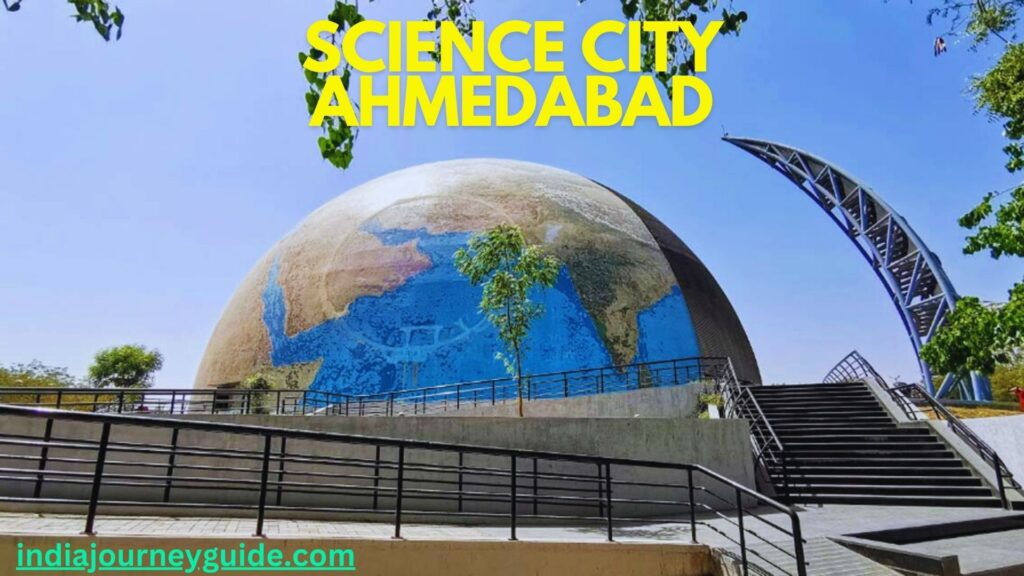
Overview of Science City
The Gujarat government constructed Gujarat Science City, a science center, with the intention of promoting science to a wider audience and encouraging more students to pursue science. It features an IMAX 3-D theater, an energy park, a scientific hall with science exhibits, and rides that mimic exhilarating experiences.
You might be thinking after reading this that this would be a cool spot to visit. When I initially learned about this location, I had just that thought. I was thrilled to visit Gujarat Science City because I studied science in school. I anticipated engaging displays with tour guides, a chance to learn about science, and a chance to apply the academic knowledge I was taught in school.
Rather, I was met with a hostile staff that refused to begin the ride or show due to low participant numbers, a subpar 3-D presentation, and ambiguously defined science exhibits that lacked a guide or expert.
I visited Gujarat Science City in the fall of 2017 when visiting Ahmedabad with my sister, her husband, and their daughter. We made the decision to spend the entire day at Science City after reading some excellent reviews about the establishment online.
We arrived there on Thursday morning at around 10:30. There weren’t many people present. We assumed that since the park’s official hours were from 10 to 6, others would arrive soon after us. The first thing that struck us as soon as we arrived at the park was its size, covering an area of 107 acres.
3. Sasan Gir National Park
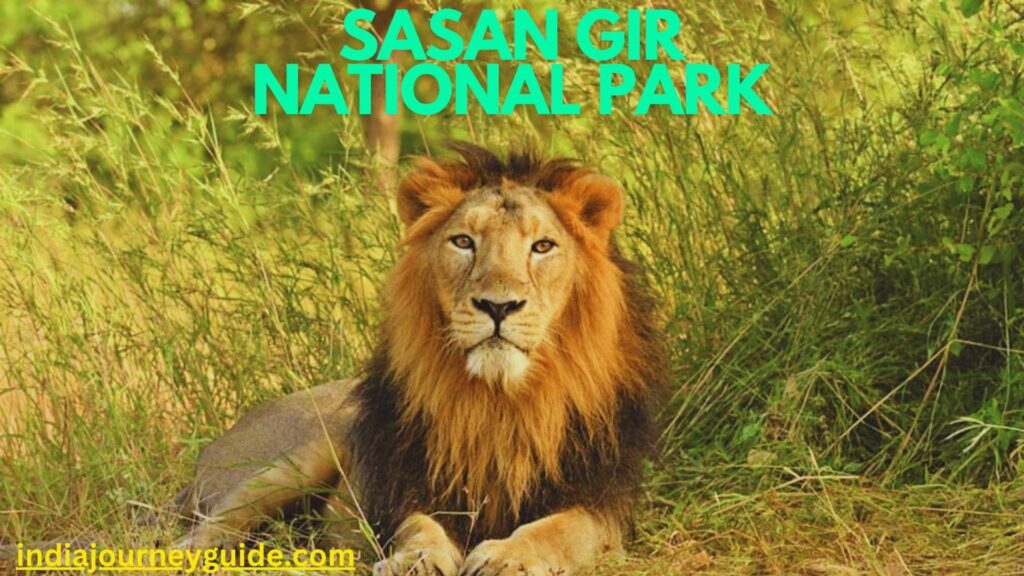
Overview of Sasan Gir National Park
You connect with animals on a deep level. The forest king can roam freely in this one and only national park in Asia. This is one of the most delightful and interesting places to visit in Gujarat, and it’s located in the Junagadh District. The lions are the main attraction because they are unique to this area. Other animals in the region are also protected, aside from that.
The park is home to sambar, march crocodiles, antelopes, hyenas, leopards, and several bird species. Bird enthusiasts can experience some of the best bird viewing in India by visiting Gir, even though the majority of visitors travel here to see the Jungle King.
If you wish to visit this location, go in November or other winter months; but, if you want to see lions, go in April or other warmer months.
4. Somnath Temple

Overview of Somnath Temple
It is among the holiest Jyotirlingas of Shiva. Hindu legend states that in order to commemorate their master and his compassion, the Moon God, Soma, constructed this temple out of gold. Later on, this temple was called as Somnath temple. Rebuilding the Somnath Mandir in silver, King Bhimdev in stone, and Krishna in wood is the legend told by Ravana.
The temple is situated near the coasts of the Arabian Sea. After being demolished countless times, Somnath Mandir has undergone numerous reconstructions. Thousands of Hindus and pilgrims visit this place annually to ask for their lord’s blessings.
5. Bhuj
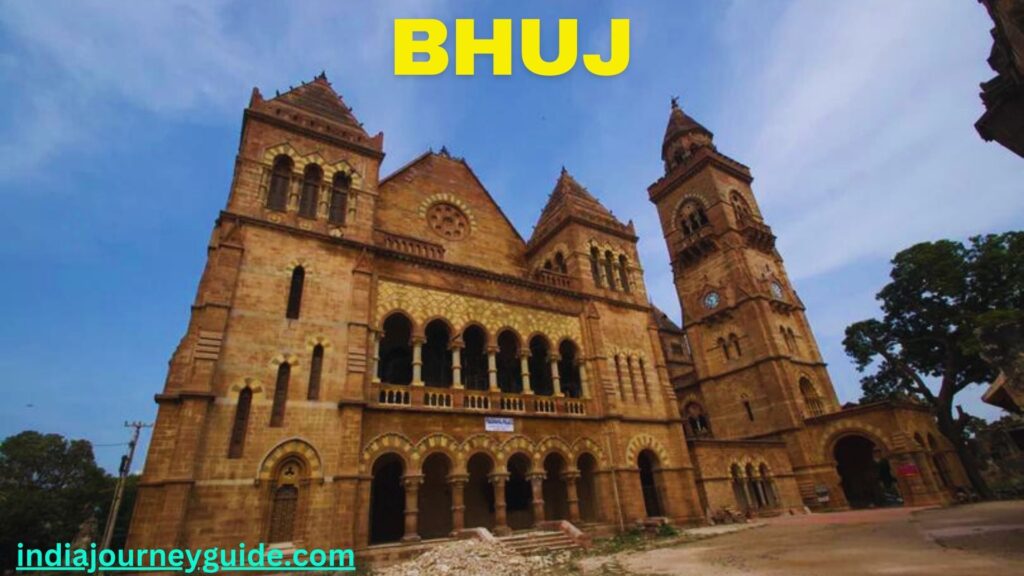
Overview of Bhuj
One of the greatest destinations to travel to in Gujarat with friends or family to explore the rich culture is Bhuj. Bhuj boasts current Indian and British architecture linked to multiple civilizations such as the Indus Valley period, Alexander the Great, and Mahabarata. Bhuj is more than just a vacation spot, though. There are numerous handcrafted traditional fabrics, jewelry, crafts, and cultural artifacts available.
In summary
These are a few of the top locations in Gujarat to visit if you want to experience the state’s rich cultural legacy. There are many things to do in Gujarat, like visiting temples, lakes, and vibrant festivals. In order to experience India’s rich culture, if you are organizing a journey in Gujarat, take your family or friends to these locations.
6. Dwarkadhish Temple
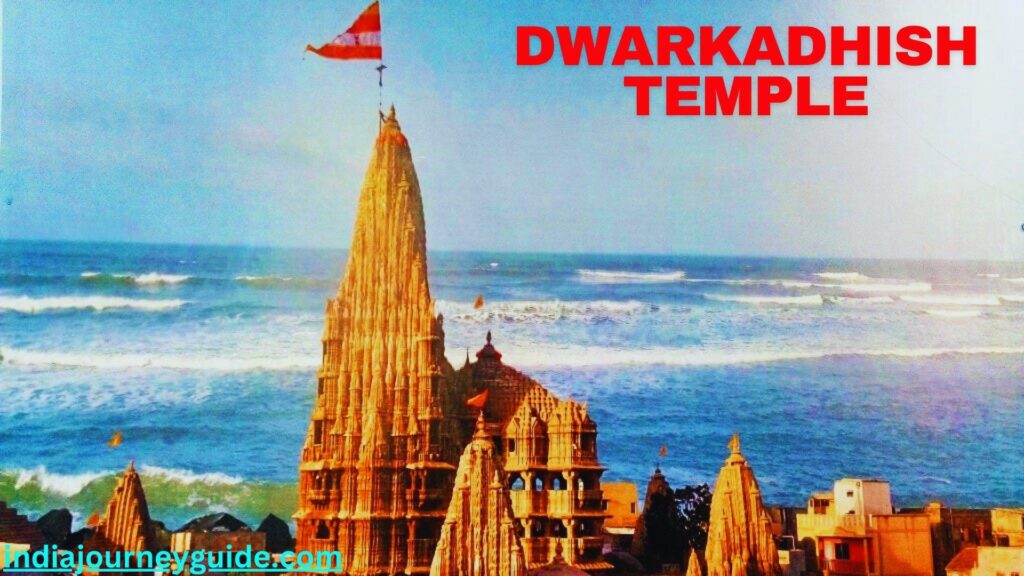
Overview of Dwarkadhish Temple
Dwarkadhish, in Gujarat, is thought to be the capital city of Lord Krishna’s empire. It is situated on the western extremity of the Saurashtra peninsula. Dwarka, also called Devbhoomi Dwarka, takes pride in being the only city named in the Hindu faith to be a part of both Sapta Puris (seven sacred cities) and Char Dham (four major holy places). One of the 12 Jyotirlingas, the Nageshwar Jyotirlinga Temple, is situated in Dwarka, which was once a part of the Krishna empire. Seashores and the beachfront are additional tourist attractions.
According to legend, the city was previously submerged under the sea, however new excavations have shown that this place was once home to a city. The term Dwarka is derived from the words dwar, which means “door,” and ka, which means “moksha,” or the “door to salvation.”
7. Rani Ka Vav

Overview of Rani Ka Vav
Would you like to know what it’s like to be a queen and her king? One of Gujarat’s top tourist destinations is this unusual monument. When conditions are maintained, it remains the finest step. This was built by Rani Udayamati as a loving remembrance of her late spouse, King Bhimdev the First.
This site was soon overrun by silt and water from the adjacent Saraswati River after construction was finished. The Vav wasn’t dug up by the ASI until 1980. The building was flooded and so submerged. Later on, it came to learn about the distinctive handicraft of compartment pavilions, carved sculptures, and niches. One of the biggest and most striking spectacular step wells may be found here.
The steps lead to the stepped passages marked with the pavilion. The main subject of these sculptures was the Desavataras, or the ten incarnations of Vishnu. The incarnations are sadhus, brahmins, and apsaras.
8. Junagadh
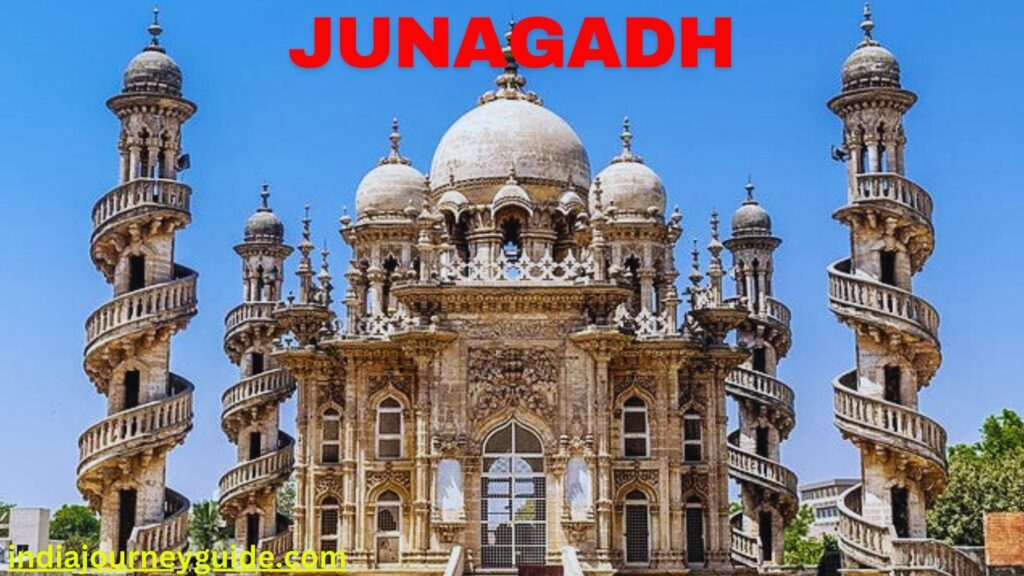
Overview of Junagadh
The translation of Junagadh is “old palace.” Books on history have made repeated reference of this city. Here are glittering mosques where Muslims once prayed, as well as Buddhist and Hindu temples. There are a number of more monuments. This area was ruled by the Babi Nawabs until India gained its independence. The area is well-known for its pickles, music, dance, culture, and warm smiles from the locals.
Most visitors pass this place by. However, because this area is so full of historical monuments, visitors shouldn’t pass it by. Maqbara Mahabat is an example of a well-built and artistic structure. Additionally, Ashokan Rock Eddic is available.
9. Banni Grassland Reseve

Overview of Banni Grassland Reseve
Banni Grassland Reserve, which covers 3,847 square kilometers, is presently protected legally in India as a Reserve or Protected Forest. The Wildlife Institute of India has determined that it is one of the last surviving cheetah populations in India.
Mammals like the Nilgai (Boselaphus tragocamelus), Chinkara (Gazella bennettii),wild boar (Sus scrofa), Golden Jackal (Canis aureus), Indian Hare (Lepus nigricollis), Indian Wolf (Canis lupus pallipes), Caracal (Caracal caracal), Asiatic Wildcat (Felis silvestris ornata), and Desert Fox (Vulpes vulpes pusilla) are among the mammals that call the grasslands home.
10. Sabarmati Ashram, Ahmedabad
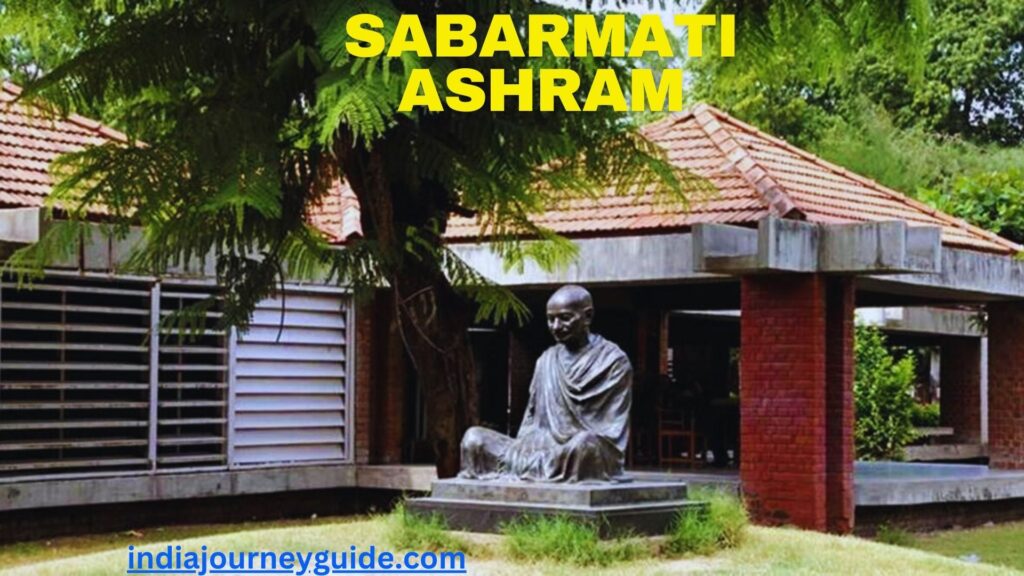
Overview of Sabarmati Ashram, Ahmedabad
Sabarmati Ashram, where Mahatma Gandhi and his wife Kasturba once lived, is where Gandhiji launched the well-known Dandi March. It is situated on a calm and scenic section of the Sabarmati River, 5 km north of Ahmedabad’s center. Known by several names, including the “Gandhi Ashram,” “Mahatma Gandhi Ashram,” and, most significantly, the “Satyagraha Ashram,” it is thought that Mahatma Gandhi choose this location because it is situated between a graveyard and a prison, and a Satyagrahi is likely to wind up among them.
The Sabarmati Ashram has been designated a national monument by the Indian government as a token of appreciation for the significant influence the Dandi March had on the country’s independence cause. Within the grounds of the Mahatma Gandhi Ashram, there are several different establishments. Gandhi’s personal letters and photos are on exhibit in the Gandhi Smarak Sangrahalaya museum, which is the most well-known of them.